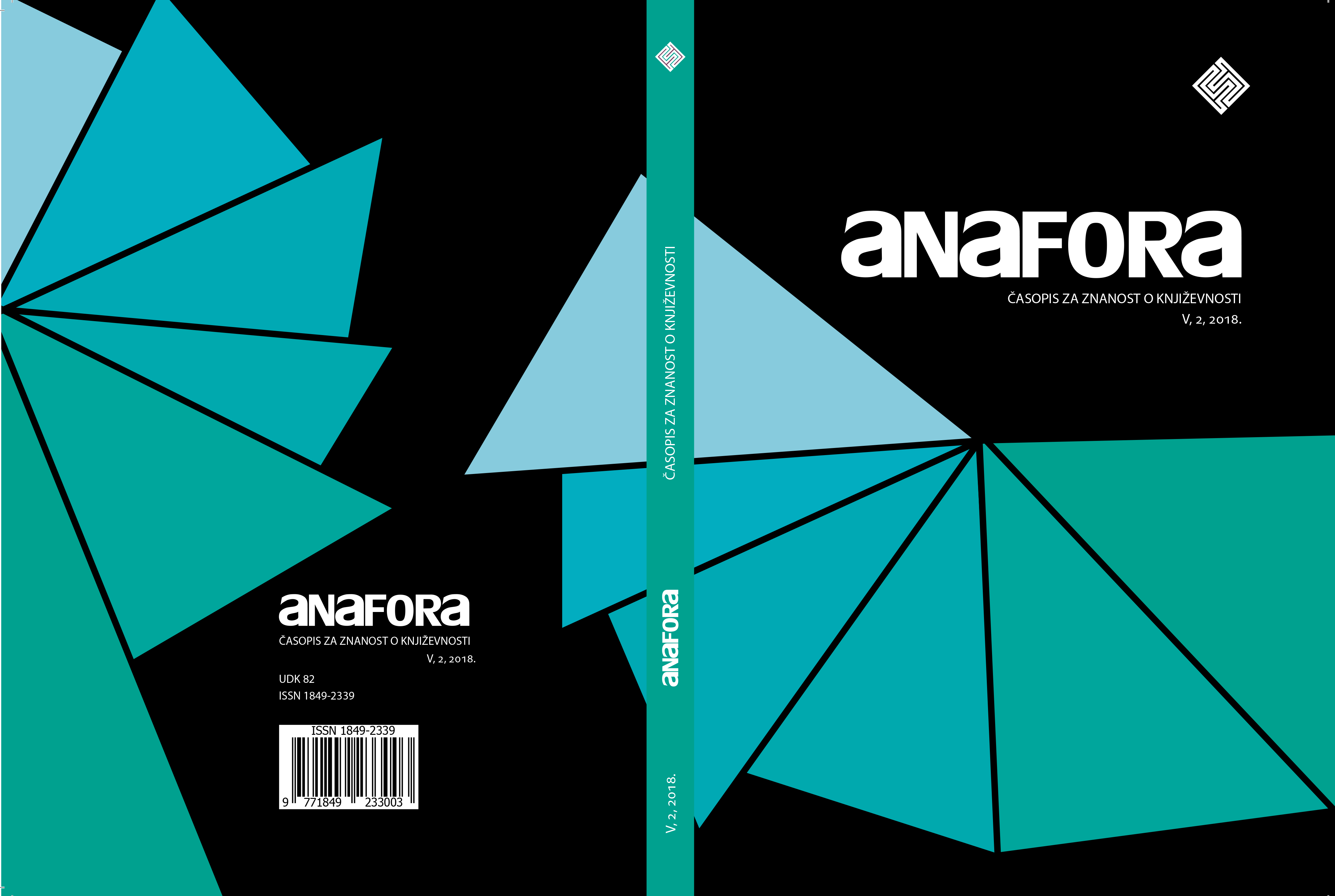Bakhtinian Intertextuality and Contextuality in Adaptation Studies: Kenneth Branagh and Michael Almereyda’s Dialogues with William Shakespeare’s Hamlet
Bakhtinian Intertextuality and Contextuality in Adaptation Studies: Kenneth Branagh and Michael Almereyda’s Dialogues with William Shakespeare’s Hamlet
Author(s): Maryam Beyad, Mohammad Reza Hassanzadeh JavanianSubject(s): Language and Literature Studies, Comparative Study of Literature, Film / Cinema / Cinematography, Theory of Literature
Published by: Filozofski fakultet, Sveučilište Josipa Jurja Strossmayera, Osijek
Keywords: Adaptation studies; Mikhail Bakhtin; dialogism; intertextuality; contextuality; Hamlet;
Summary/Abstract: Ever since its advent in the late nineteenth century, cinema has been closely inter- twined with literary works. The filmmakers soon realized that literature could pro- vide them with just the right material to attract a large number of viewers. Despite the early hostile attacks on adaptations by those who regarded them as inferior to their sources, adapted movies have managed to reach an unprecedented number of audiences. The value of these adaptations, however, lies in the extent of similarity they shared with their sources. This trend, known as “fidelity criticism,” dismissed as irrelevant the adaptations that sought to situate the text in a new context. In recent years, however, this approach has been given reconsideration as every adaptation is viewed as an independent discourse that constantly influences and is influenced by other discourses, including the source text. In other words, this network of relation is, in Bakhtinian terms, “dialogic.” The paper thus suggests that engagement with the Bakhtinian matrix of ideas, including heteroglossia and chronotope, will enhance our understanding of the rationale behind two different adaptations of William Shakespeare’s Hamlet (1609). Within the Bakhtinian framework, the paper notes, Kenneth Branagh’s Hamlet (1996) and Michael Almereyda’s Hamlet (2000) treat their source text differently as they highlight intertextuality and contextuality in their relations with Shakespeare’s text, respectively. Despite their differences, in- tertextuality and contextuality stress that the Bakhtinian approach can provide new points of access into some of the major issues of adaptation studies.
Journal: Anafora - časopis za znanost o književnosti
- Issue Year: 5/2018
- Issue No: 2
- Page Range: 381-402
- Page Count: 22
- Language: English

